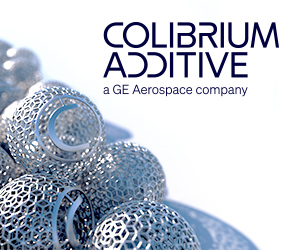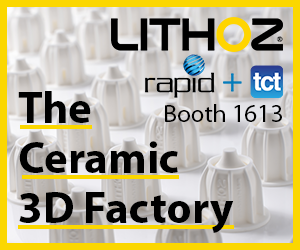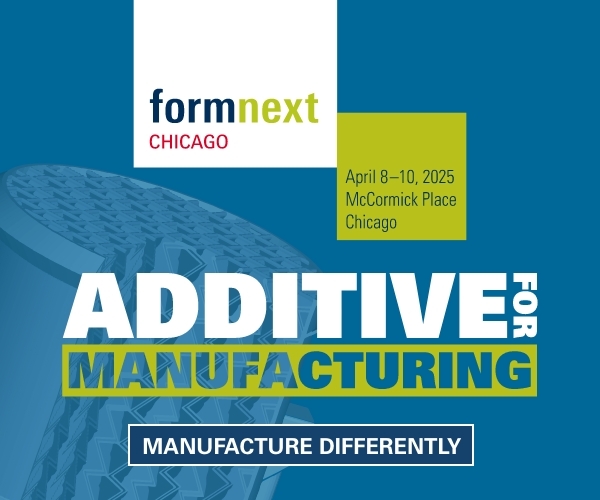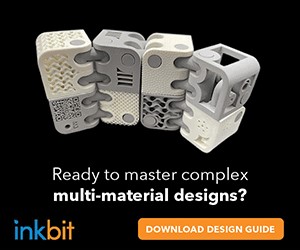3D Systems, the South Carolina-based additive manufacturing (AM) pioneer, announced that the company is the first to market in the AM sector with a powder-based version of CuNi30, a copper-nickel alloy. 3D Systems co-developed the new CuNi30 powder with Huntington Ingalls Industries (HII), the US’s largest military shipbuilding company, for use with 3D Systems’ DMP Flex 350 metal printer, a laser powder bed fusion (LBPF) platform.
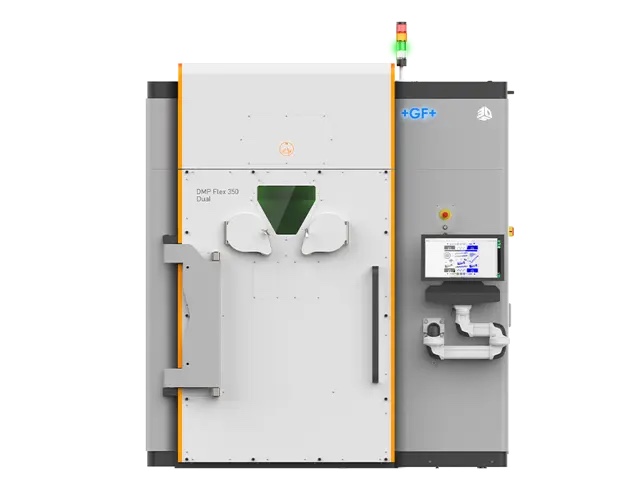
HII was formed in 2011, as a spin-off of defense giant Northrop Grumman, which recently joined the Biden administration’s AM Forward initiative. Specifically, 3D Systems developed the new material in collaboration with HII’s Newport News Shipbuilding Division, headquartered in Newport News, Virginia. HII also has a shipbuilding division in Mississippi (Ingalls Shipbuilding), as well as a division for more general defense and industrial technologies, including nuclear energy and oil & gas.
In a press release, Dr. Michael Shepard, VP of defense & aerospace at 3D Systems, commented, “We’ve had a decades-long relationship with the US Navy which has helped drive innovation for a variety of applications including aircraft parts and submersible components. …[This latest project] yielded a copper-nickel alloy…that results in better part density and mechanical properties as compared to traditional casting.” Newport News Shipbuilding’s VP of engineering and design, David Bolcar, added, “We’re looking forward to continuing to expand our parameter development efforts with 3D Systems into other alloys of interest.”
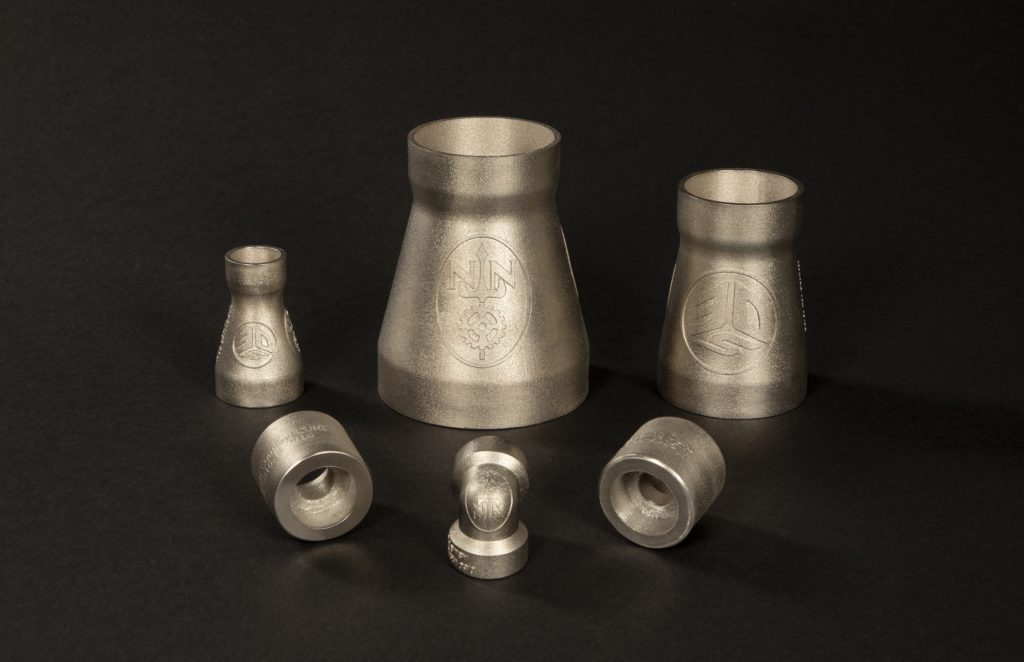
Among other advantages when compared with conventional casting techniques, including a savings in inventory costs, printing with CuNi30 can be expected to result in a reduction of lead times of up to 75 percent. 3D Systems expects to release the new copper-nickel powder to the general market sometime in Q4 of this year.
Due to its having such high reflectivity, pure copper is extremely difficult to work with on laser-based AM platforms. CuNi30 is composed of 30 percent nickel, in the lower range for copper content for typically available copper-nickel alloys. It’s possible this could give it an advantage among all copper-nickel powders used for laser-based platforms, which, in turn, means it is especially advantageous to 3D Systems to be first to market in this case, in particular.
In addition to ship-building, copper-nickel alloys are useful in essentially all other sectors where resistance to corrosion is a concern, such as nuclear energy and oil & gas. Along with being the other sectors that HII is involved in, these are also sectors that are starting to significantly increase their adoption of AM lately. Joining seemingly the the rest of the entire range of basic materials you can think of, the supplies of both copper and nickel are increasingly volatile and seem likely to stay that way. Against that context, the growing availability of options for printing with copper-nickel alloys is yet one more signal suggesting that AM is poised to make more and more of an impact on all energy-related sectors.
Subscribe to Our Email Newsletter
Stay up-to-date on all the latest news from the 3D printing industry and receive information and offers from third party vendors.
You May Also Like
Union-Private Company Alliance to Transform Construction 3D Printing in the Pacific Northwest
Construction 3D printing pioneer Alquist 3D has forged a strategic partnership with a consortium of industry leaders, including the Cement Masons and Plasterers’ Local 528, a union based in the...
Saving the New Zealand Fairy Tern: 3D Printed Eggs on Easter Sunday
In honor of Easter Sunday today, we’re bringing you a special story about 3D printed eggs, but this isn’t your typical Easter Egg piece. The Department of Conservation (DOC) in...
3D Printing Unpeeled: 3D Printing Endangered Bird Eggs, Polymer Satellite Bus, QIDI
The New Zealand Department of Conservation (DOC) is using 3D printing to help protect the endangered fairy tern. The New Zealand variant is critically endangered with only about 40 of...
US’s Largest Homebuilder D.R. Horton Invests in Construction 3D Printing Startup Apis Cor
Apis Cor, a manufacturer of robotic construction 3D printing technologies, has recently announced a new partnership in its journey towards evolving the global building sector. The company revealed that D.R....























